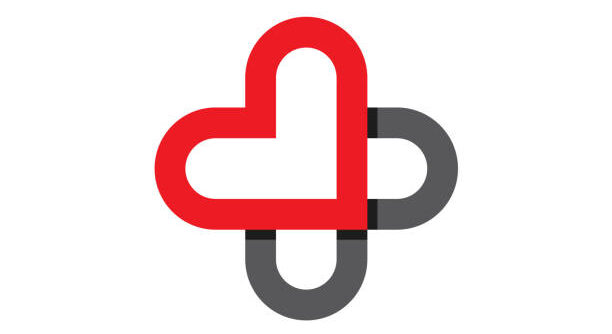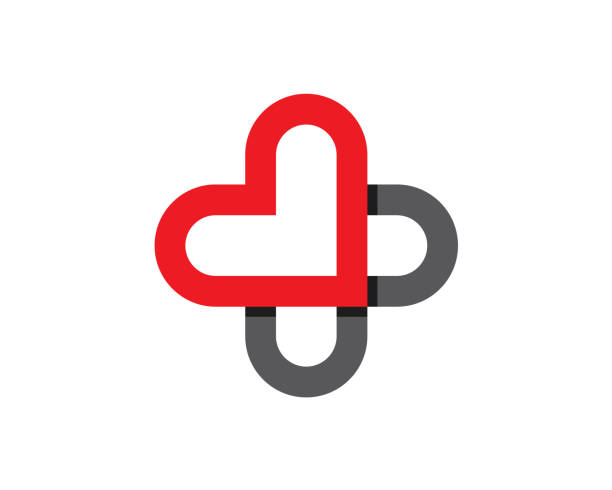
During her five years at CIO of Johnson City, Tennessee-based Ballad Health, Pam Austin has helped architect a system-wide digital transformation focused on streamlining technology, improving clinician workflows and expanding access to care across the organization’s largely rural footprint.
One of the most impactful projects Austin has led is the standardization of Ballad’s technology infrastructure across its 20 hospitals — half of which serve rural communities — by consolidating systems and transitioning to a single, unified Epic platform.
The focus of this effort has been on reducing redundant applications and boosting usability for clinicians, she said. Austin pointed out that usability is a crucial part of digital transformation.
“We work closely with our frontline team members in clinical areas to understand their workflows and what their pain points are. We talk to them about their use of the EMR and what a better experience should look like, because usability is critical — if a tool adds more clicks or complexity, it’s not going to last,” she stated.
She thinks most tools should simply “fade into the background” — meaning they work behind the scenes to enable more face time between patients and providers. The ultimate goal is to ensure that technology supports, rather than complicates, care delivery, especially in the rural communities Ballad serves.
In rural areas, the biggest barrier isn’t technology —it’s change management, Austin noted.
“In rural communities, you’ll see patients often have longstanding, trusted relationships with their providers directly. And then we introduce digital care models like telehealth — so that has to be done with care, not disruption. We have to take a patient=first approach. We focus on intuitive tools and provider guidance. We have the provider work directly with their patient so they can build that trust with a familiar clinician. That provider walks the patient through the new process and how to adopt that technology, then the adoption happens faster,” she explained.
She also noted that all IT initiatives at Ballad start by addressing a clear clinical and/or operational need — the health system doesn’t just implement tech for tech’s sake.
In Austin’s view, CIOs have to be more strategic than ever.
“We need to be forward thinking — looking at what technology is coming down the pipe and preparing our organization accordingly. And then we embed analysts and managers and directors in each of the operational areas — so we understand what’s happening in revenue cycle, in the pharmacy, in the lab, in radiology, in nursing, and with our providers, both on the ambulatory and acute side. We have to truly understand how the technology is impacting the operations of the entire organization,” she remarked.
Her work underscores how healthcare CIOs are no longer just IT leaders — but now key drivers of culture, care quality and organizational cohesion.
Source: metamorworks, Getty Images





